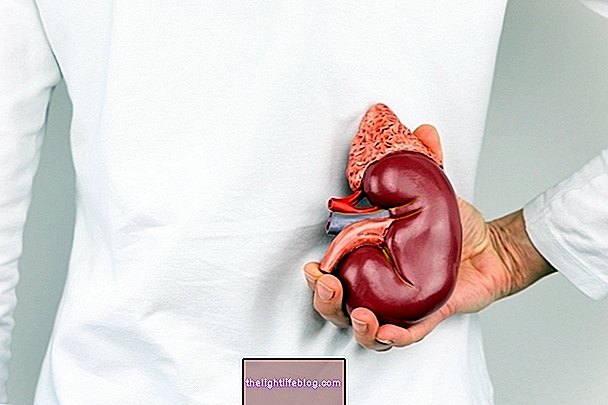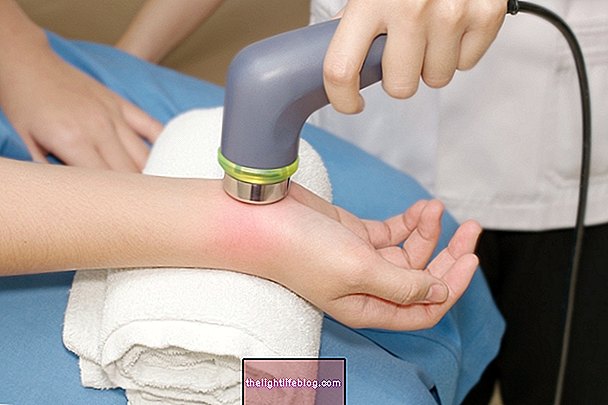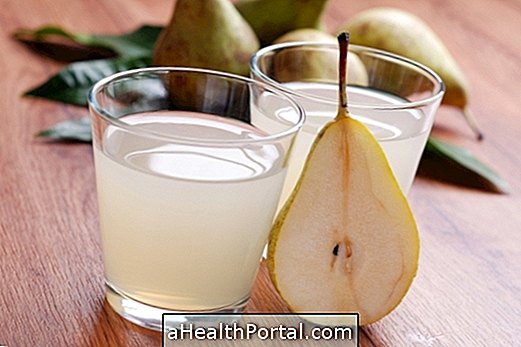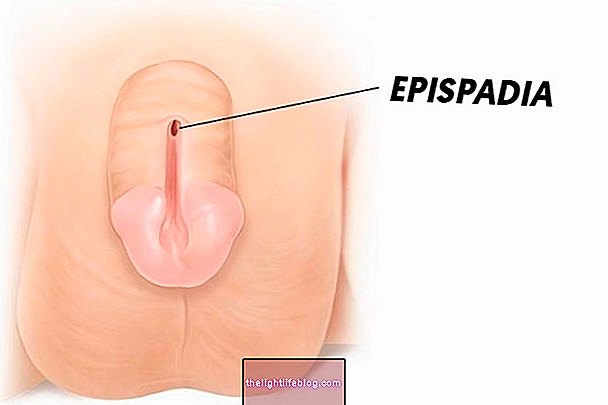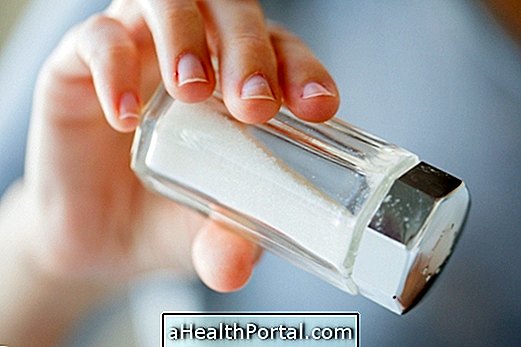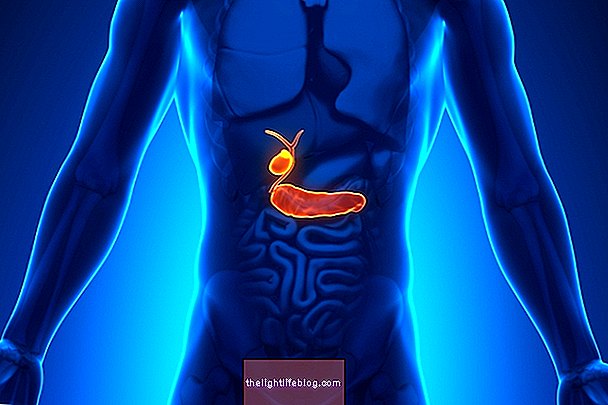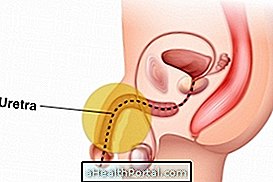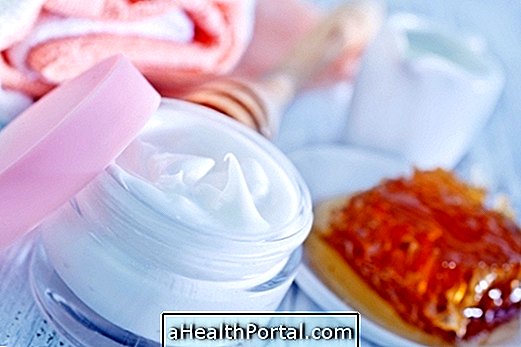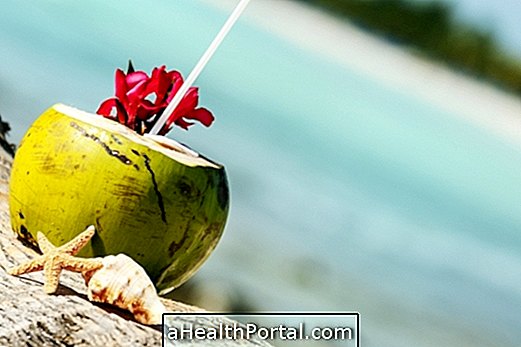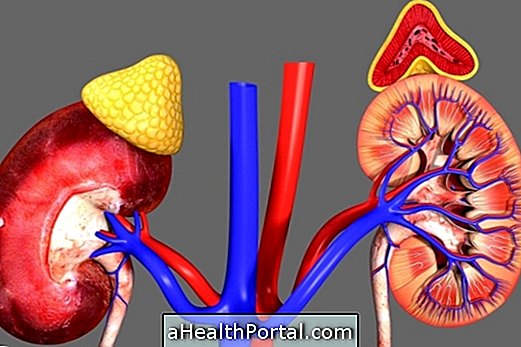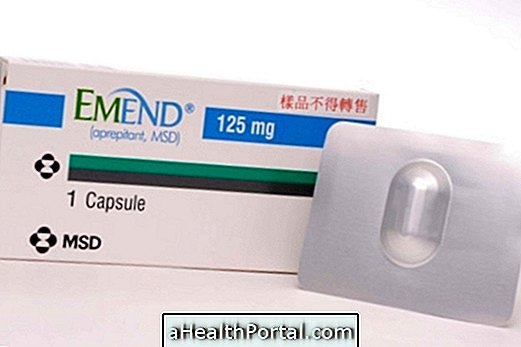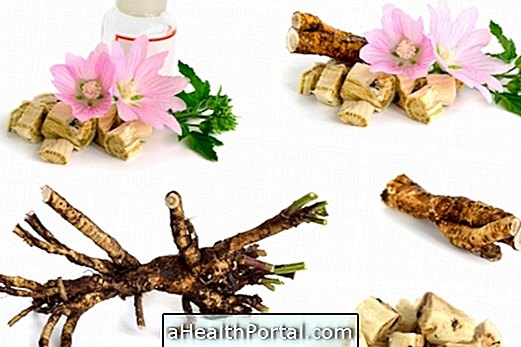Some simple strategies like stretching, using hot water compresses or taking an anti-inflammatory diet can help prevent or reduce joint pain.
These pains can be caused by viruses, tendonitis, gout, arthritis or osteoarthritis, for example, and therefore, if the pain does not improve in 1 month with simple measures or if the pain is persistent or worsening, it is important to consult an orthopedist for define the specific cause and indicate the most appropriate treatment. Find out what are the main causes of joint pain.

Some simple measures can help prevent or improve joint pain and include:
1. Make hot or cold water compress
Using hot water compresses on the joints helps to improve blood flow at the site, relax the muscles and loosen stiff joints and can be done for 20 to 30 minutes, 3 times a day, in cases of gout, rheumatoid arthritis or osteoarthritis , for example. Another way to relax your muscles and relieve joint pain is to take a long, hot shower.
In the case of tendonitis, bruises or sprains in the joints, the cold compress should be used to help reduce pain, swelling and inflammation in the joints. To make the cold compress, you can wrap a gel pack of ice or a bag of frozen vegetables in a clean, dry towel and apply to the painful joints for 15 minutes for quick pain relief.
Watch the video with the physiotherapist Marcelle Pinheiro on how and when to apply hot or cold compresses:

2. Do stretches
Gentle stretches can help maintain mobility and range of motion and relieve joint pain. In addition, not moving can make the pain worse.
The ideal is to do stretches with medical guidance and under the supervision of a physiotherapist who must indicate specific stretches for the aching joint.
3. Eat anti-inflammatory foods
Some foods such as turmeric, vegetables such as broccoli or spinach and foods rich in omega-3s such as tuna, sardines, salmon, flaxseed or chia, can help to reduce joint inflammation and therefore help to relieve joint pain.
These foods should be consumed daily or, in the case of fish, at least 3 to 5 times a week. Check out the full list of anti-inflammatory foods.

4. Get a massage
Massage can help control pain and discomfort in the joints, as well as causing a sense of well-being and reducing stress.
The massage can be done using a moisturizing cream or almond or coconut oil on the skin, making light and circular movements. Another option is to use ointments containing capsaicin which have an analgesic effect reducing joint pain.
In some cases, the doctor may recommend the use of anti-inflammatory ointments for joint pain individually.
5. Natural treatment
Some teas such as ginger tea or devil's claw tea can help relieve joint pain by having analgesic and anti-inflammatory properties, reducing the production of inflammatory substances such as prostaglandins, relieving joint pain.
To make ginger tea, you must put 1 cm of the ginger root cut into slices or grated in 1 liter of boiling water and drink 3 to 4 cups of tea a day. This tea should be avoided by people who use anticoagulants such as warfarin or aspirin as it can increase the risk of bleeding or bleeding. In addition, pregnant women, close to childbirth or with a history of miscarriage, clotting problems or who are at risk of bleeding should avoid using ginger tea.
The preparation of the devil's claw tea should be done with 1 teaspoon of the devil's claw roots in 1 cup of water and boil over low heat for 15 minutes. Strain and drink 2 to 3 cups of tea a day. This tea should only be used by adults and should not be ingested by pregnant women as it can cause problems in the fetus or breastfeeding women and by people who use anticoagulants such as warfarin as it can increase the risk of bleeding.

6. Reduce stress
Trying to control stress and anxiety is important to decrease the production of cortisol, which is the stress hormone that can lead to pain throughout the body and joint pain.
To help reduce stress, one should sleep 8 to 9 hours a night, practice activities that help to relax the body such as meditation or yoga, for example, or light physical activities, provided they are done with medical advice. See 7 steps to combat stress.
Was this information helpful?
Yes No
Your opinion is important! Write here how we can improve our text:
Any questions? Click here to be answered.
Email in which you want to receive a reply:
Check the confirmation email we sent you.
Your name:
Reason for visit:
--- Choose your reason --- DiseaseLive betterHelp another personGain knowledge
Are you a health professional?
NoMedicalPharmaceuticalsNurseNutritionistBiomedicalPhysiotherapistBeauticianOther
Bibliography
- SCHAIBLE, Hans-Georg; et al. Joint pain. Exp Brain Res. 196. 1; 153-62, 2009
- HAVELIN, Joshua; KING, Tamara. Mechanisms underlying bone and joint pain. Curr Osteoporos Rep. 16. 6; 763–771, 2018
- MOBASHERI, Ali. Intersection of Inflammation and Herbal Medicine in the Treatment of Osteoarthritis. Curr Rheumatol Rep. 14.6; 604–616, 2012
- TAN, Boon Hooi; NGO, Chin Eng. The use of natural remedies to treat osteoarthritis. TANG [HUMANITAS MEDICINE]. 6. 1; 1.1-1.9, 2016
- FUNK, Janet L .; et al. Effects of Ginger (Zingiber officialis L) on Inflammation ‐ Induced Bone Loss. The FASEB Journal. 26. S1; 263.5-263.5, 2012
- BRIEN, Sarah. Devil's Claw (Harpagophytum procumbens) as a treatment for osteoarthritis: a review of efficacy and safety. J Altern Complement Med. 12. 10; 981-993, 2006
- WEBMD. Devil's Claw. Available in: . Accessed on Dec 28, 2020
